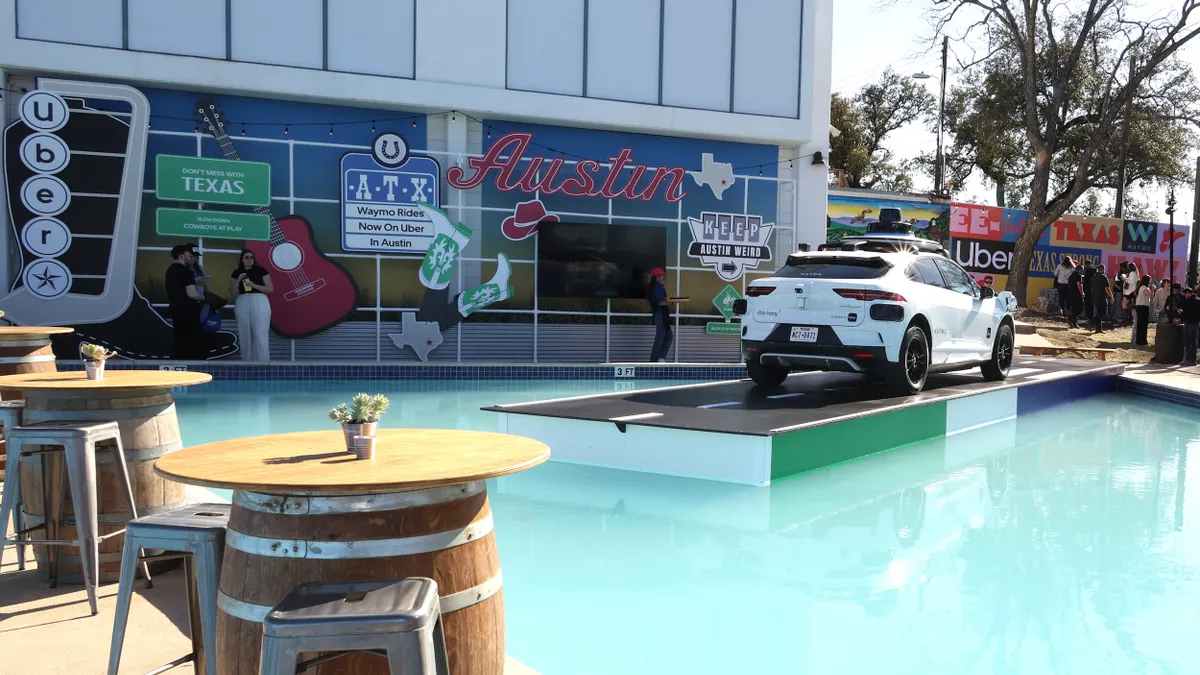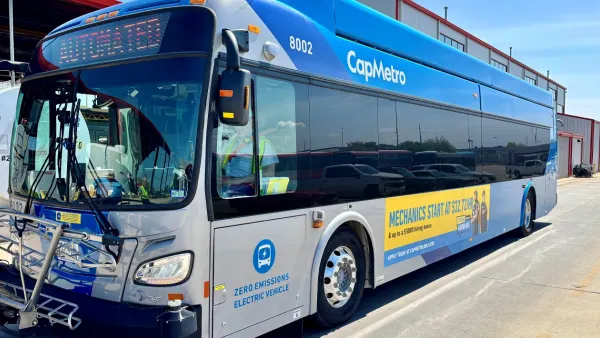Dive Brief:
- New York's Department of Sanitation (DSNY) has reportedly completed 15 of the 46 initiatives outlined in its 2016 Strategic Plan, with partial progress on 21 and some level of initiation on the rest. This includes movement toward finally achieving the city's 2006 Solid Waste Management Plan (SWMP) by completing two remaining marine transfer stations (MTS) next year and closing the final cell of the former Fresh Kills Landfill in 2021.
- Much of this progress has been on internal logistics around fleet management, employee training and route optimization. DSNY has now distributed 400 tablets to drivers and begun to move away from paper log books, with five districts now fully paperless. The agency's data science team is also collaborating with New York University’s Center for Urban Science and Progress on a "geospatial 'block' face model" to predict refuse and recycling generation by tax lot.
- DSNY's focus on the commercial sector continues to ramp up, with enforcement of updated recycling rules set to begin in August. The city's Department of Health and Mental Hygiene will also began enforcing organics diversion violations for covered businesses in the upcoming fiscal year and interagency work is ongoing to encourage the use on-site processing equipment.
Dive Insight:
Whenever the world's largest municipal sanitation agency makes a move it is bound to draw attention, and this progress report shows just how many moves DSNY is trying to make at once. Along with the logistical updates, it also contains other benchmarks about organics, electronics, textiles, material reuse and other aspects of the city's 2030 "zero waste" goal that have been detailed before.
The organics discussion remains one of the most widely discussed, with some in the field still skeptical that adequate regional processing capacity exists to handle the full volume of what New Yorkers are generating. DSNY continues to maintain that the capacity is there and now reports that all of its contracted vendors have installed organics pre-processing equipment to handle more contaminated residential material. Single-stream recycling, pay-as-you-throw and commercial waste franchising are all still in the works, each with the potential to spur their own citywide debates when the time is right.
This progress report also shows how much of DSNY's activity extends well beyond what reaches the level of public awareness or even general industry discussion. The agency has been busy expanding its electric vehicle capacity — with plans to have more than 120 charging stations installed by the end of the year — and is exploring a range of new vehicle technologies aimed at reducing emissions. Work also continues to upgrade garages, enhance employee professional development and ensure the agency is prepared for emergency situations.
As with any plan of this scale some initiatives will be easier to complete, while others have the potential to linger on past DSNY's 2020 completion goal. Though DSNY projects that the contentious East 91st Street MTS will be done next year, a second ramp meant to appease residents won't be coming until later. A recently passed state bill requiring an air quality study in parts of Manhattan with high asthma rates could further complicate the situation. The report also recognizes no substantial progress has been made to "limit the impact of waste management infrastructure on historically overburdened neighborhoods," which is an ongoing challenge for areas in the Bronx, Brooklyn and Queens.
Though DSNY may be moving closer to realizing the 2006 SWMP agenda, and its own 2020 strategic goals, some of the challenges with New York's waste infrastructure are decades old and could remain well into the future.












